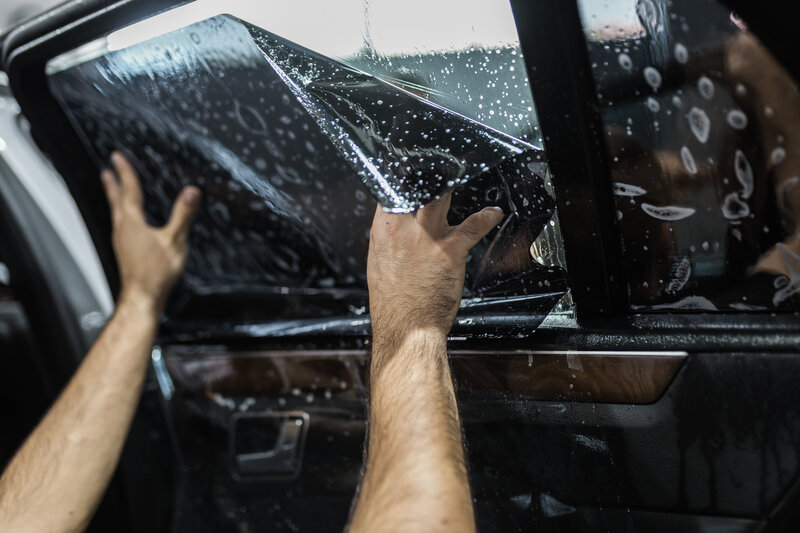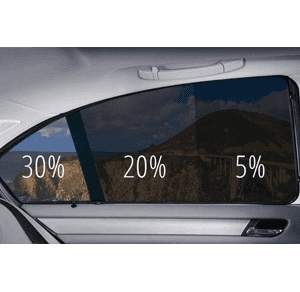Home Window Tinting Regulations and Standards: What You Need to Know Before Tinting Your Automobile
Before waging home window tinting for your automobile, it is vital to acquaint yourself with the varied legislations and standards that govern this practice throughout different states. These guidelines determine the acceptable levels of color darkness, usually determined by noticeable light transmission (VLT) percents, and include details specifications for front windshields targeted at making certain road security. Additionally, particular jurisdictions might offer clinical exemptions for individuals with qualifying problems. Understanding these complexities can save you from possible lawful ramifications, but what are the certain rules in your state?
Introduction of Home Window Tinting Regulations
Home window tinting regulations are frequently subject to variation across various territories, showing regional regulations and safety considerations. These legislations dictate the allowable degrees of tint darkness and reflectiveness on car windows, making certain that drivers keep ample visibility while also protecting versus damaging UV rays and warm.
Many guidelines categorize home window tinting based on the Visible Light Transmission (VLT) percent, which suggests the quantity of light that can travel through the home window. Typically, lower VLT percentages represent darker tints. Legislations usually set apart between the front, side, and rear windows, with more stringent restrictions related to the front windshield to improve safety for both the driver and various other road customers.
In addition, some jurisdictions enforce restrictions on the reflectivity of the tint, preventing extreme glare that might harm exposure. Exemptions to these legislations might exist for individuals with certain clinical conditions calling for additional sun protection. Conformity with home window tinting laws is crucial, as violations can result in penalties, necessary removal of the tint, and potential increases in insurance premiums. It is necessary for vehicle owners to familiarize themselves with neighborhood regulations prior to proceeding with window tinting installments.
State-by-State Color Rules
Comprehending the specific home window tinting laws in each state is vital for automobile owners seeking to follow the legislation. Each state in the united state has actually developed its own set of rules governing window tinting, which can vary dramatically. These laws usually determine the allowed degrees of color darkness, the sorts of home windows that can be tinted, and any type of medical exemptions that may apply.
As an example, states like The golden state have rigorous constraints on color darkness for front windows, while others, such as New Mexico, may permit darker colors. Additionally, certain states mandate certain exposure percents for different home windows, including the windscreen, front side windows, and back home windows. It is vital for car proprietors to familiarize themselves with their state's legislations to prevent possible penalties or charges.
Additionally, some states may need an accreditation sticker to be positioned on tinted home windows, indicating compliance with state regulations. Failing to comply with these guidelines not only takes the chance of lawful repercussions yet can likewise affect safety and presence while driving. Consequently, automobile proprietors must carry out comprehensive study or get in touch with regional authorities to make certain complete understanding and compliance with state-by-state color laws.
Allowed Color Types and levels
Lots of car owners might be surprised to learn that enabled tint degrees and kinds differ extensively across different states. Each state has developed its own regulations pertaining to the permitted darkness and reflectivity of window tint, commonly measured by Visible Light Transmission (VLT) percentages. VLT refers to the amount of light that see page can pass with the colored windows; hence, a lower percent suggests a darker tint.

Additionally, the kinds of color products enabled can differ, with some states banning metal or mirror-like surfaces. It is necessary for vehicle owners to familiarize themselves with their state's specific legislations to make certain conformity. Non-compliance can lead to penalties, compulsory removal of the tint, or other lawful repercussions, making it important to comprehend these laws before waging setup.
Medical Exemptions for Tinting
While not all states provide allocations for medical exemptions concerning home window tinting, those that do identify the need for certain people to enhance presence and comfort as a result of medical conditions. Various clinical problems, such as lupus, skin cancer, and certain eye problems, can make people specifically conscious sunshine. These people might call for darker tints to secure themselves from dangerous UV rays and glare.

It is essential to note that despite having a clinical exemption, there may still be limitations on the degree of tint enabled. Compliance with state laws makes certain that people are both protected and within legal restrictions. Those thinking about clinical exceptions ought to call their local Division of Electric motor Automobiles or comparable authority to comprehend the needs and procedures essential to request an exemption effectively.
Charges for Non-Compliance
Failing to follow window tinting laws can bring about considerable penalties, which vary by state. Legislation enforcement firms are encouraged to issue citations for vehicles that do not abide by the defined tinting guidelines. These penalties usually consist of fines, which can range from moderate amounts to numerous hundred bucks, depending upon the intensity of the offense and the state concerned.
In some territories, duplicated offenses may cause rising fines or added penalties, such as compulsory court appearances. Moreover, non-compliance might necessitate the elimination of unlawful tinting, typically at the proprietor's expense. In extreme instances, regular transgressors might face suspension of their lorry enrollment till conformity is attained.
Furthermore, insurance policy ramifications may emerge from obtaining several citations for home window tint offenses. Insurance providers may watch such infractions as an indication of riskier habits, potentially bring about boosted costs or problem in insurance coverage.
To prevent these penalties, it is important for lorry proprietors to acquaint themselves with their regional home window tinting regulations and guarantee that their vehicle complies (Window Tinting). This positive technique not just stays clear of legal implications but likewise promotes roadway safety
Conclusion

A lot of laws classify home window you could try here tinting based on learn the facts here now the Visible Light Transmission (VLT) percentage, which shows the quantity of light that can pass with the window. Conformity with home window tinting guidelines is important, as violations can result in penalties, obligatory removal of the color, and possible rises in insurance policy costs.Understanding the particular home window tinting regulations in each state is important for lorry owners looking for to conform with the law. These laws usually determine the allowed degrees of tint darkness, the types of home windows that can be tinted, and any medical exemptions that might use.
For circumstances, states like The golden state have strict restrictions on tint darkness for front home windows, while others, such as New Mexico, may enable darker colors.